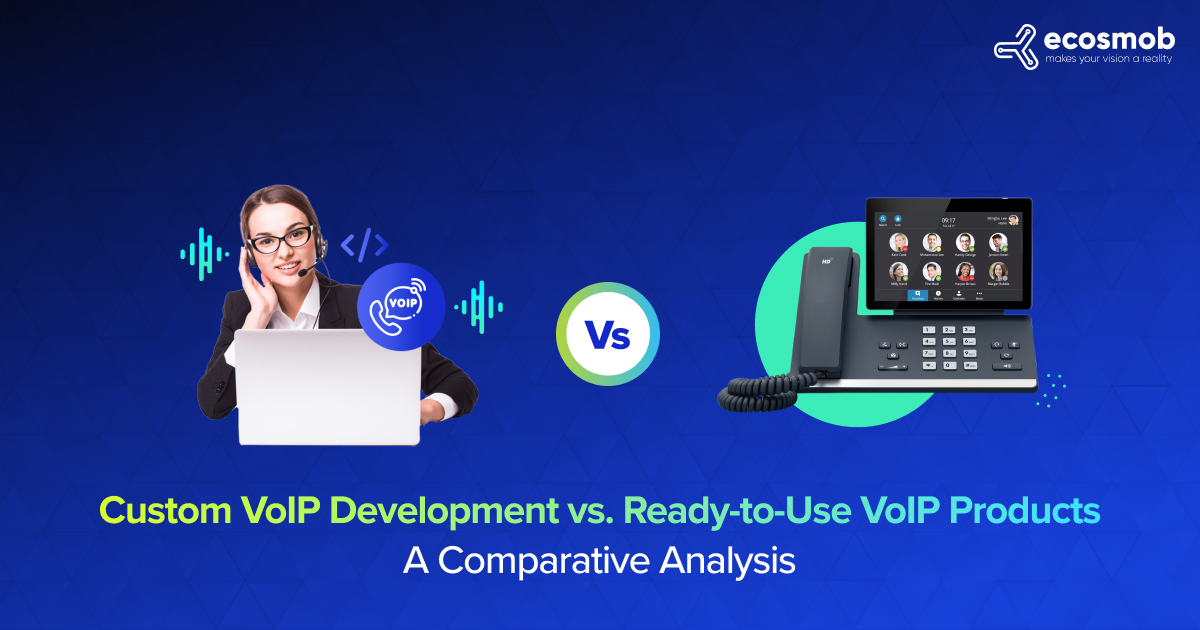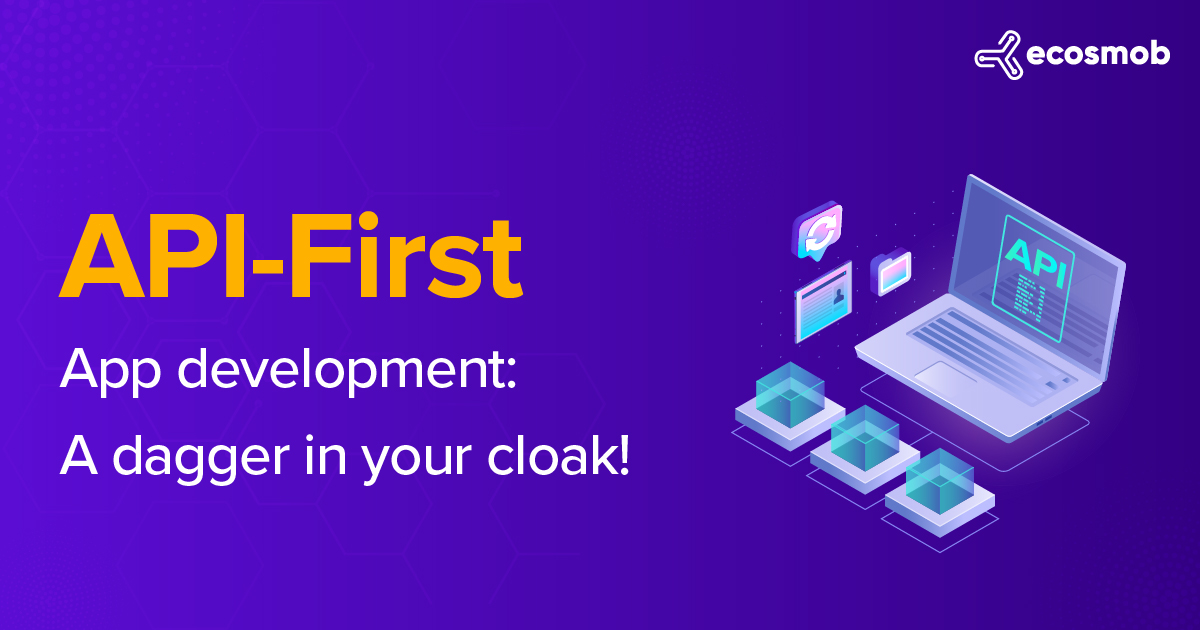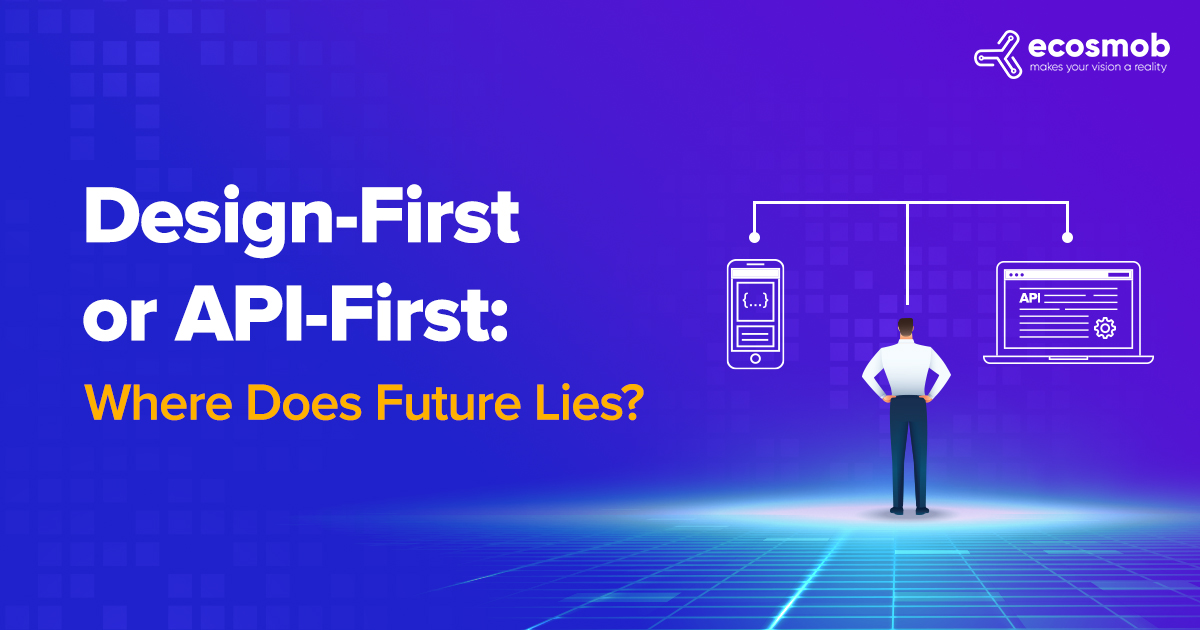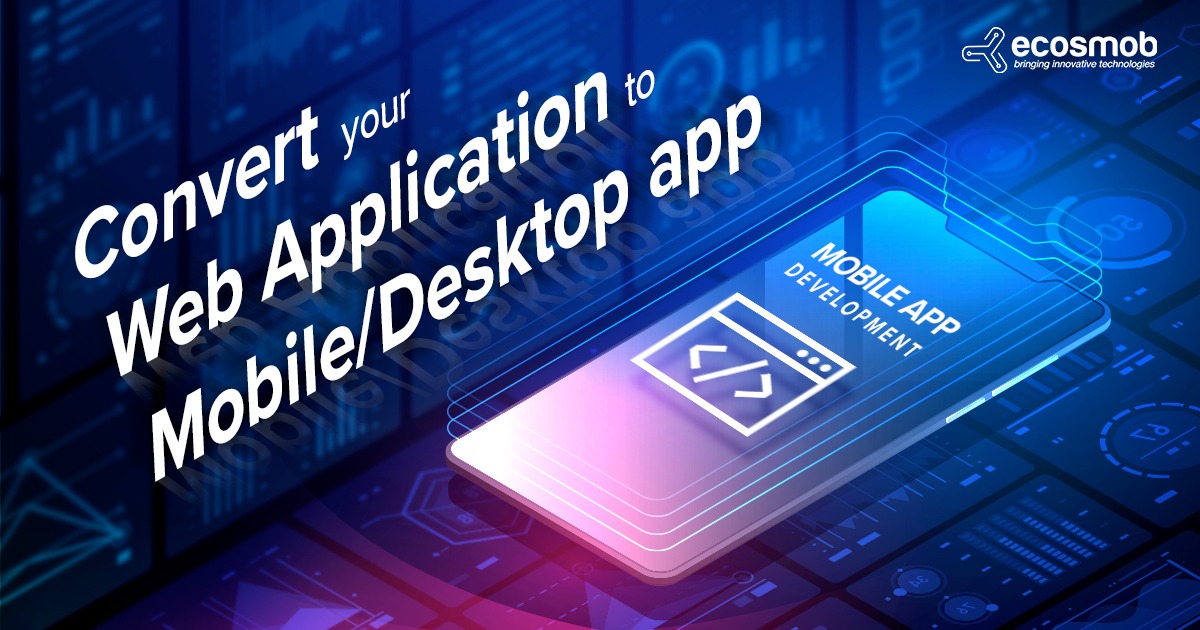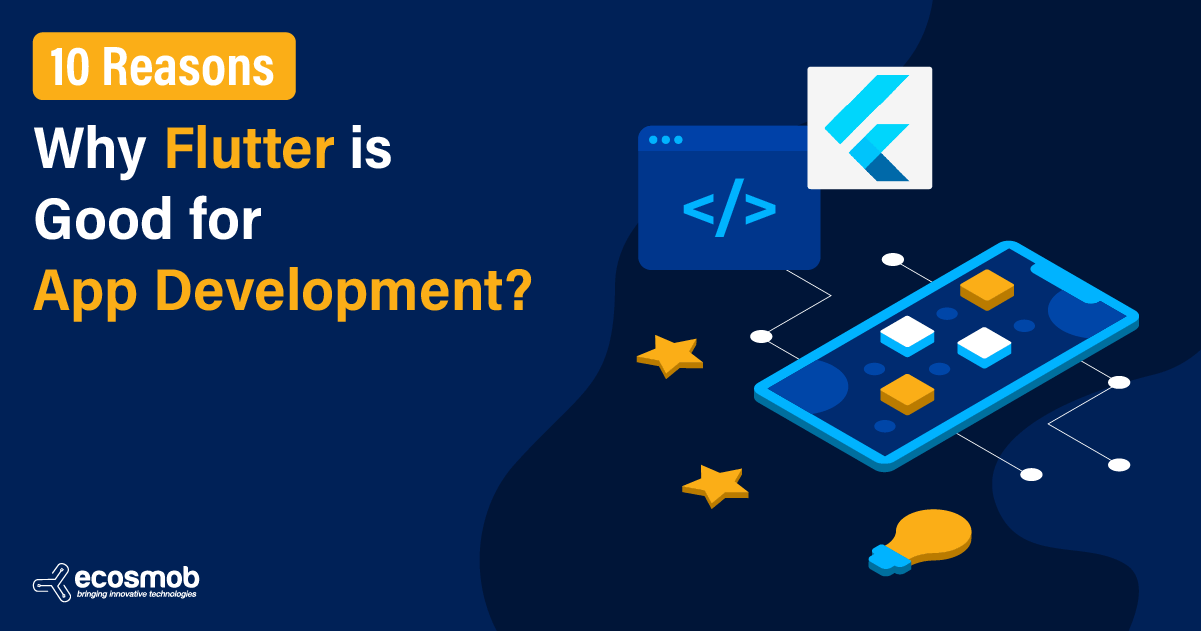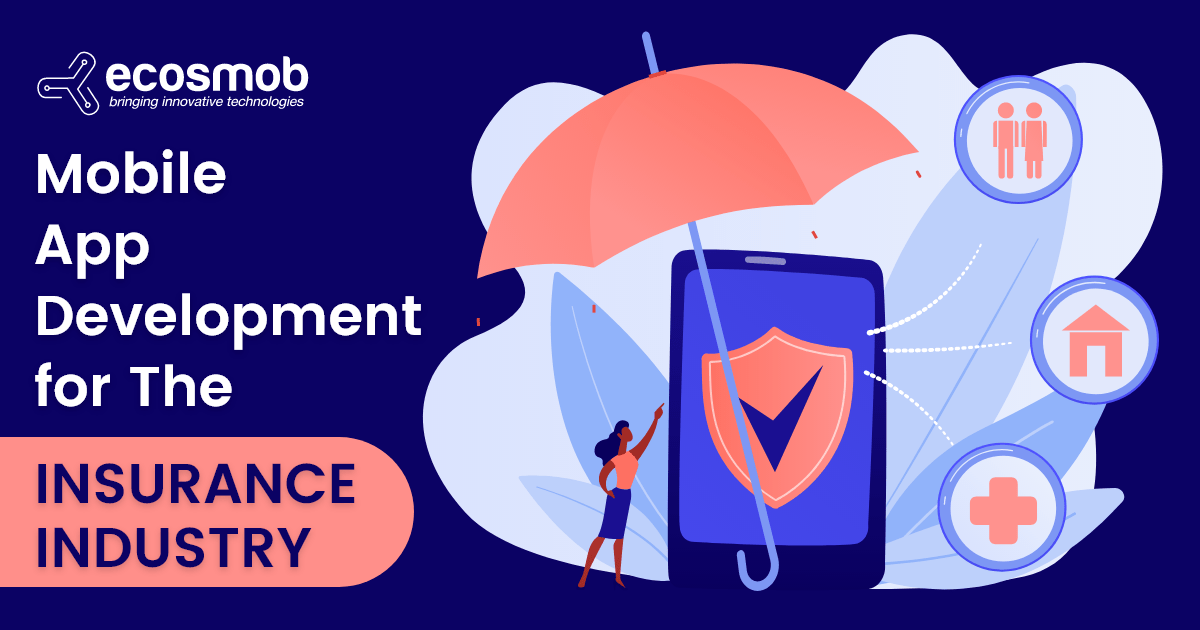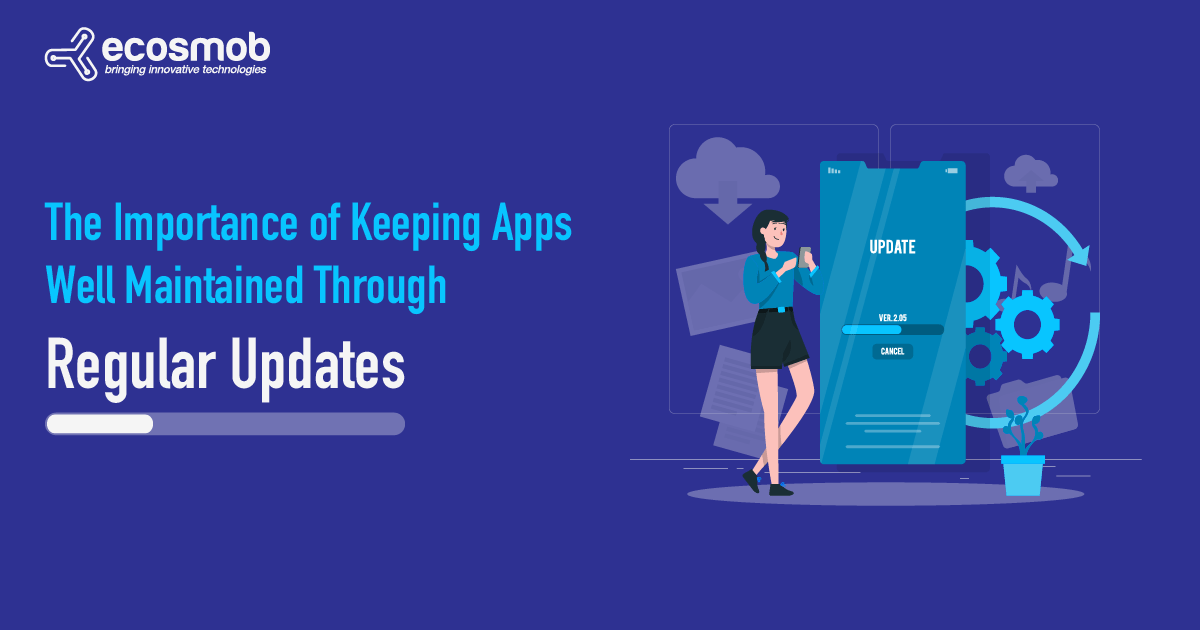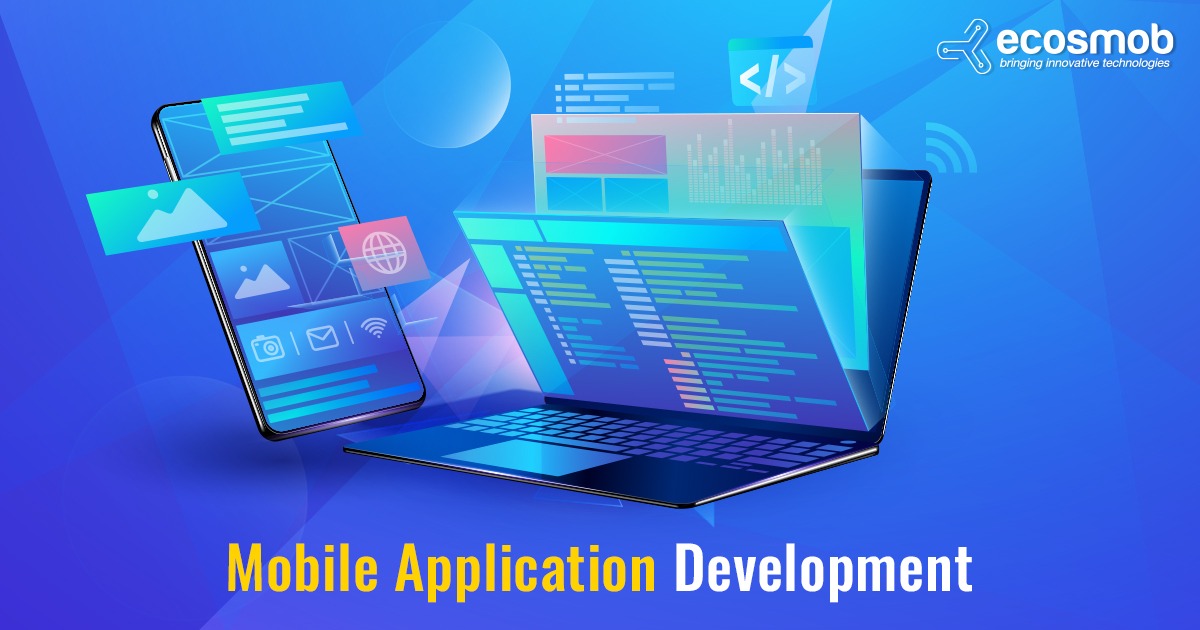Roy Thomas Fielding was the first to introduce the world to the concept of a REST API in 2000. Developers then started using REST APIs in their development processes. Soon an API-first approach to app development was formulated and embraced by companies. An API is that part of an application that determines how an app exposes its functionality. By designing an API first, a development team allows stakeholders an overview of how the app will function when it is ready. In such a case, they get a glimpse of the functionality before the coding begins. The first impact of this API-first approach is how it affects planning. Feedback gathering allows everyone connected with the organization to be on the same page, reducing the possibility of rework.
Enter microservices: The need for an API-first approach
But why is the API-first approach gaining traction? This is because it encourages a microservices-based architecture. The architectural style has seen the growth of several enterprises, including Uber, Amazon, Netflix, and Etsy, to name a few. What is the one common thing about the applications and their development? Their user experience (UX) design is exemplary. Users love these apps, and they work great across platforms too. Additionally, moving to an API-first approach promises great scalability and improved flexibility and allows for better fault isolation by the mobile app development company. Their growth has also inspired other application development companies to follow in their footsteps by implementing an API-first approach and a microservices-based architecture.
In the microservices-based architecture, each application is developed as a suite of several small services, running its processes and communicating with the others through REST APIs. In Contrast, a traditional application consists of several routines and procedures written into a single block of code. As APIs are central to the structure of microservices, when any team embraces a microservices-based architecture, it is almost mandatory to consider an API-first approach to application development.
Enter contracts: The need for a standard
So app developers need to be mindful of the APIs they expose in their microservices, mobile apps, and web apps. They need to be consistent, scalable, acceptable, and reusable to help with the application development process followed by the company and to integrate easily with any microservices-based architecture. The APIs need to be designed around a contract written in an API description language. An example is OpenAPI. When one establishes a contract, they spend more time thinking about the API’s design. Additional collaboration and feedback with the stakeholders also happen where they give feedback on how the API should be designed. Ultimately, this will in the end influence how the app or apps built around it are going to function.
Throughputs of an API-first approach
APIs must be treated as business-critical assets, each delivering great value to your organization. Essentially, the API-first approach ensures the following for the app that you are about to build:
1. Adoption-friendliness: Developers who work on varied technologies, frameworks, and languages can work on the app you are building.
2. Developer-friendliness: Let us assume your team is working on multiple projects of a similar nature. With the API you showcase, they can easily build an app of their own and use existing features from your app by accessing the API alone.
3. Compatibility: Integration and compatibility are assured. Your app can integrate with many other applications developed by your application development company.
In the API-first approach, everything begins with planning the API, and everything else is built around that API. Then the process of API-first coding begins while also trying to preserve the reusability and scalability of the API and the plan that was put in place by your application development company and the other stakeholders within your organization.
Benefits of API-first app development
Let us now look at the benefits of an API-first approach to app development for any company.
Scalability
The loose connections in APIs ensure that every connection they expose is stateless and RESTful. While they do this, they also eliminate or minimize dependencies. This improves scalability by making it possible to deploy, replicate, or even destroy microservices app component(s) in response to fluctuating demands made by the system.
Upgradable systems
These systems are well designed by the mobile or web application Development Company. This means that they support app/client interactions without any dependencies and enable support for pluggable, component-based architectures. This means that it is possible to add, modify or remove component services in the system without affecting the functioning of the whole or impacting other parts.
Fault-tolerant and highly available systems
By load-balancing incoming requests, automatically deploying microservices, achieving redundancy in the key components, and so on, it is possible to ensure that there is higher availability coupled with great fault tolerance. This means that even if a particular micro service fails, it will not impact the remaining microserves in application development.
Flexible enough to use multiple languages and frameworks
Because the API developed is platform- and language-agnostic, diverse microservices can interact with it to solve specific business needs and problems. Given that the API itself is consistent and reusable, it becomes easy to integrate with various microservices in different languages, frameworks, and platforms. This is especially important for teams as whatever language they are most comfortable with can be used. This, in turn, boosts productivity and drives innovation in every mobile or web application Development Company that follows this approach.
Lesser development cost and faster time-to-market
Due to the pluggability of an API-first approach, it is possible to reuse the app components or microservices from one project in others. A lot of time can be saved by building a minimum viable product (or MVP) and then integrating it with the APIs of other components and microservices. This will help in evolving a product that has been developed over a period of time. This could be the most significant benefit of API-first development for any mobile app development company and its clients.
How to do API-first product development?
Now that you are convinced of all the benefits of an API-first app development approach let us look at how to plan your API-first approach. Some of the aspects that should be a part of your API-first approach are:
Brainstorming
Identify the client’s business key services and prioritize them. Understand how the API should be built around those services and how they will help solve the business problems of the end customers. Keep the use cases in mind and try to figure out the endpoints of each API.
Establishing API stakeholders
Make a list of all the stakeholders that will influence and assist with the development of the API. There must be a shared vision and company-wide buy-in to ensure that your API development process and consequently, the application development process in your company is a success. Make sure that every stakeholder is not just on the list but actively involved in the design of the API that you are developing. Also, monitor the interactions happening on the API across stakeholders so that consistency is maintained for the API.
Designing an API contract
An API contract is nothing but a set of best practices and standards to be followed when designing the API. Describe and document all the APIs as required for the contract purpose. There must be no discrepancy from endpoint names to URLs to error codes and versioning. It must be ensured that all APIs function following the contract. Consistency is the key takeaway here and must be adhered to.
Creating a style guide
The style guide that you are developing must be comprehensive and cohesive to ensure all developers across the organization follow a consistent way of approaching the API design. The status codes, versioning, and error handling will be standardized to ensure that the final design of the API is not affected. There are several tools that one can use to develop a style guide. But if you wish to cut costs and need an application development that addresses your concerns of contracts and a style guide, look no further than a customized app development solution from a company like Ecosmob, which uses industry best practices to ensure that your app is a success.
Implement API governance
An API governance process helps you monitor how well your API-first approach is progressing. It is possible to ensure that the standards are being followed and that the desired outcomes are within reach of the development team. Peer code reviews will also help ensure that the developers follow the application development standards and that the code developed internally within your company is clean and functional.
Automate processes
Automate the processes such as API documentation, mocking, and versioning, which generally take more time. This will allow you to focus on continuously improving the API until it can function the way you want it to. Self-service will allow developers to try your APIs by themselves during application development when they are trying to integrate features from them into their apps. Developers can try API endpoints if you provide them with a sandbox. Interactive documentation will also assist with developing apps that revolve around the APIs.
Manage your API portfolio
Keep track of the APIs you are building so that you do not duplicate code in any way and end up having redundant APIs. Move to a system that will help you build and manage your APIs. An API management system can help you with or seek the services of an application developer who understands the nuances of API development and can help you manage them in your company. Remember that as the organization grows. It becomes more challenging to manage and reuse them when needed.
Designate a portal for developers within your organization
All API documentation, specifications, and contracts will be stored in a single place or portal. Make sure that your developers frequent this portal to ensure everyone is on the same page. Here you can maintain an inventory of APIs, documentation, and dashboards that you will be actively using for application development in your organization. You can assign a stakeholder to oversee the portal and its functioning if you wish to.
Move to an API-first approach to app development to garner business benefits from it before the competition does. And if you are working on a microservices architecture-based application, then having an API-first approach to mobile apps development services is the first prerogative in any company. An API-first approach to app development allays the fears a development team has at the beginning of seeing through the project to completion. With an API-first approach, there is a clear vision and an organized view of how your application development is supposed to happen. But you must also make use of developers familiar with API development standards and best practices and a solution provider who understands the business needs and the requirements of your end customers.
Connect with Ecosmob at sales@ecosmob.com if you are looking for a mobile or web applications developer who can address your needs of developing an app that reduces development costs and time-to-market for you. With over 10 years of API-first approach-based app development, Ecosmob is the leader of the pack.



